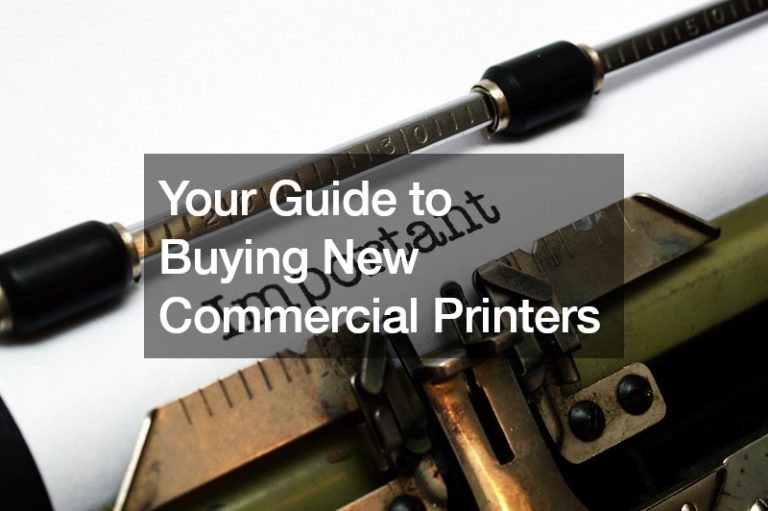As a patient, you may be surprised to learn that technology plays a role in your dental. Technology is used throughout treatments, from when you walk into the dentist’s office to when they hand you a toothbrush after your appointment. This article will explore four technologies being used in dental care and how these advances can benefit you as a patient.
1. Digital Imaging
The days of having to wait for x-rays to develop are long gone! Digital imaging systems allow dentists to take and view high-resolution images of your teeth quickly, making it easier for them to diagnose issues and make informed decisions about your treatment plans. Moreover, digital imaging also eliminates the need for traditional x-ray film, which can contain toxic chemicals and be difficult to store.
Digital imaging also has implications for other dental treatments like tooth implants. With digital imaging systems, dentists can take a detailed scan of your jawbone and teeth to ensure the proper positioning of your implant during surgery. This helps reduce the risk of implant failure or infection due to improper placement. Furthermore, digital x-rays taken during the implant procedure can be used to monitor healing and check for any complications in the future.
Digital imaging also offers many other benefits to dental practices and patients alike. One of these is easily sharing images with other medical professionals, such as an endodontist or orthodontist. Dentists can receive diagnoses and treatment plans more quickly by sending digital x-rays electronically rather than through the mail or courier services.
2. Lasers
Dentists have been using lasers for various treatments in recent years, from periodontal disease treatment to cosmetic dentistry procedures. Laser technology offers many advantages over traditional treatments, such as less pain and swelling and a faster healing time. In addition, some lasers are explicitly designed for use in dental offices, making them easy to operate with minimal risk of infection.
The use of lasers in dentistry is also beneficial for their precision. Lasers can be used to pinpoint and treat specific areas without damaging the surrounding tissue, which can result in a more precise treatment outcome. This makes laser treatments an ideal choice for teeth whitening and cavity preparation procedures, where accuracy is important.
Dentists can also use laser treatments to detect decay in teeth and dental diseases such as periodontal disease. Lasers are beneficial for detecting cavities that may not be visible on X-rays, making them a valuable tool for identifying and treating problems before they become a bigger issue.
3. Intraoral Cameras

Dentists use intraoral cameras to get a close-up view of the inside of your mouth during a checkup. Dentists can use these cameras more accurately to detect cavities, fractures, and other dental issues than traditional means. Plus, you can view the images on a monitor during your appointment to better understand what’s happening inside your mouth.
Intraoral cameras also allow dentists to capture detailed images that can be stored electronically, allowing for easy and accurate comparison at later appointments. These images are also valuable tools for educating patients about their oral health as they explain specific areas or issues in the mouth. Dentists can also use intraoral cameras to detect oral cancer, which is especially beneficial for early detection.
Overall, intraoral cameras provide a more comprehensive view of a patient’s mouth than ever before and are extremely helpful in providing accurate diagnoses and treatments. The technology is becoming more widely used as it continues to improve and the cost of the equipment decreases.
4. CAD/CAM Technology
Dentists are using computer-aided design (CAD) and computer-assisted manufacturing (CAM) technology to create custom dental prosthetics like crowns and bridges with greater accuracy and in less time than ever before. This technology allows dentists to take digital impressions to create highly accurate restorations that fit perfectly every time.
Using CAD/CAM technology also enhances the patient experience and drastically decreases the time spent in the dental office. Dentists can now create digital models of teeth that help them visualize the final product better, so they can make improvements before creating a physical restoration. This allows for more precise measurements, adjustments, and overall accuracy in the end product.
In addition, dentists can use CAD/CAM technology to create restorations that require less material, making them more comfortable and durable. Dentists can use the software to design custom shapes and sizes for crowns and bridges and adjust tooth contours according to a patient’s mouth structure. This makes it easier for dentists to create restorations that meet patients’ needs and look more natural.
In Summary
Technology has come a long way in recent years and is making its mark in many areas of healthcare, including dentistry. From digital imaging systems to patient education software, there are many ways that technology is improving the experience for both patients and providers alike. In addition to streamlining processes like appointment scheduling and record-keeping, these advances also offer more accurate diagnostics and improved safety protocols for those undergoing treatments.











